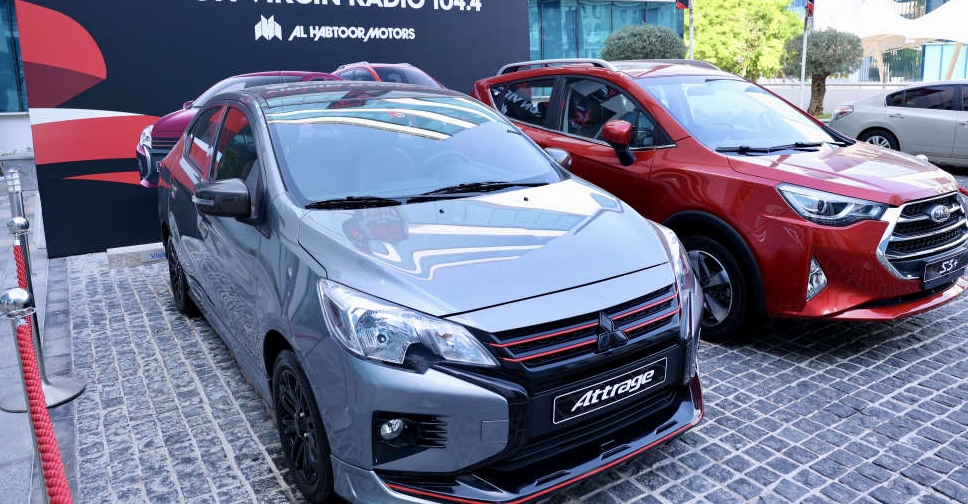
When the global going gets tough, buy India’s rupee. When sentiment improves, look elsewhere. That’s the pattern emerging as the currency that was the best-performing developing-nation exchange rate in September underperforms troubled markets including Indonesia, Brazil, Turkey and South Africa this month. The rupee will probably be a laggard should October’s rally in commodity currencies be sustained, but will come out a winner if the tide turns, according to GAM International Management Ltd. and Macquarie Bank Ltd. “When markets are rallying strongly, the appreciation of the spot rate might well lag,” said Caroline Gorman, a London-based investment manager at GAM, whose team manages about $4 billion (AED14.69 billion) in emerging-market debt. “As a relatively closed economy, India would most likely outperform other emerging-market currencies if we were to see another major downturn in risk appetite fueled by China worries for example.” Gormon’s views are echoed by Macquarie’s Nizam Idris, who says investors will probably seek stability in the rupee when sentiment toward emerging markets sours, driven by India’s “stronger fundamentals.” The rupee climbed 1.4% last month on optimism stemming from India’s relatively low exposure to China and a drop in oil costs that has improved the finances of Asia’s third-largest economy. As the Fed convenes this week to discuss the possibility of raising its benchmark for the first time in almost a decade, a gauge of expected rupee swings against the dollar touched 6.27% on Tuesday, near the lowest level since Aug. 10, data compiled by Bloomberg show. One-month implied volatility for the currency has dropped 148 basis points since the end of August, more than the declines for the Turkish lira and South African rand. It rose for Indonesia’s rupiah and Brazil’s real. ’Rough-Weather Friend’ Macquarie predicts volatility in developing nations to rise as the Fed keeps investors on tenterhooks and as concerns over China’s economic slowdown mount. That could spur demand for the rupee and lead to outperformance, according to Idris, the lender’s Singapore-based head of currencies and fixed-income strategy. “This trend of elevated emerging-market forex volatility may intensify in the months ahead,” he said. “We have preferred relative value trades over outright dollar-emerging market trades in recent weeks to avoid the said volatility. We have preferred to go long the rupee versus the Thai baht for example." The Asian Development Bank predicts India’s economy will grow 7.4% in 2015, compared with 6.8% for China. Nomura Holdings Inc. predicts the nation’s current-account deficit to narrow to a decade-low 0.9% of gross domestic product in the year to March 2016 as commodity import prices slump, while the government aims to cut the budget gap to an eight-year low. Indian central bank’s success in curbing currency swings has boosted investor confidence, according to Ajay Marwaha, director for investments at Sun Global Investments Ltd. in London. “The stability in the rupee has comforted investors,” he said. “As we saw in September, it can prove to be a rough-weather friend.” (By Nupur Acharya/Bloomberg)
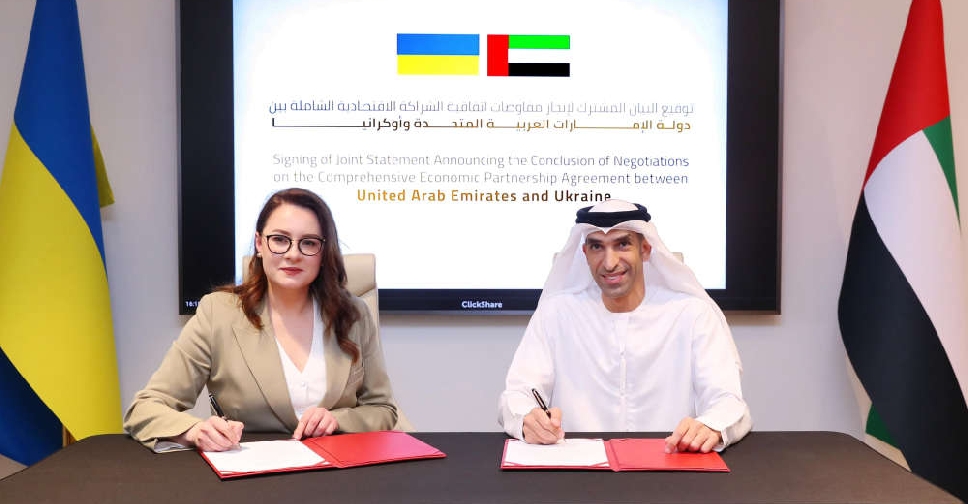 UAE, Ukraine conclude terms of trade pact
UAE, Ukraine conclude terms of trade pact
 Elon Musk visits China as Tesla seeks self-driving technology rollout
Elon Musk visits China as Tesla seeks self-driving technology rollout
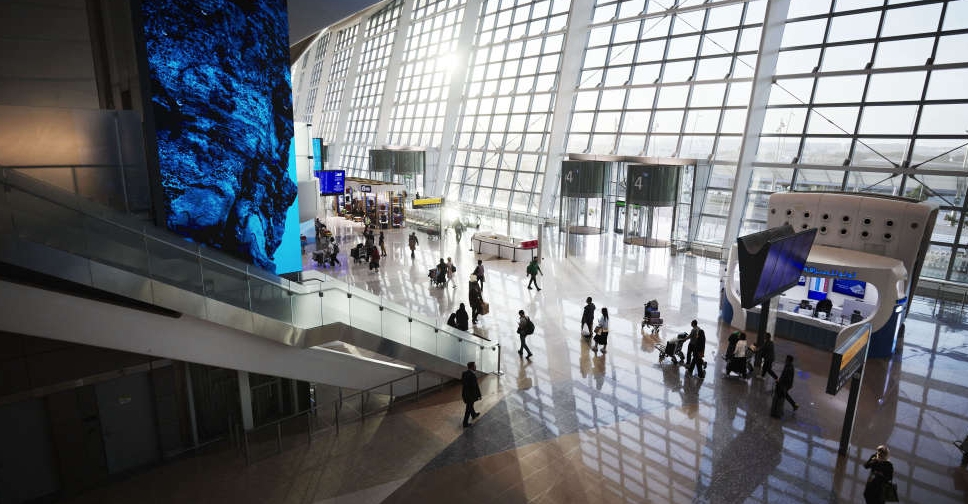 Abu Dhabi Airports welcomes 6.9 million passengers in three months
Abu Dhabi Airports welcomes 6.9 million passengers in three months
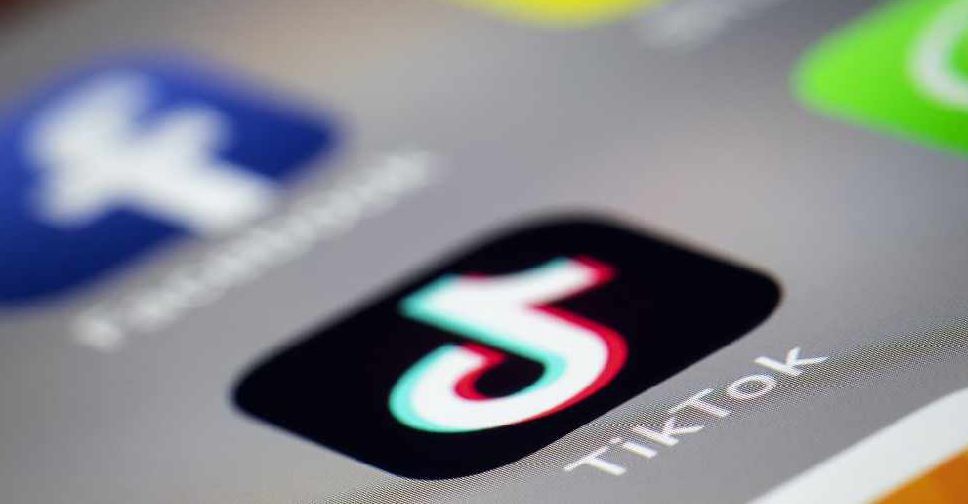 ByteDance denies media report of plan to sell TikTok
ByteDance denies media report of plan to sell TikTok
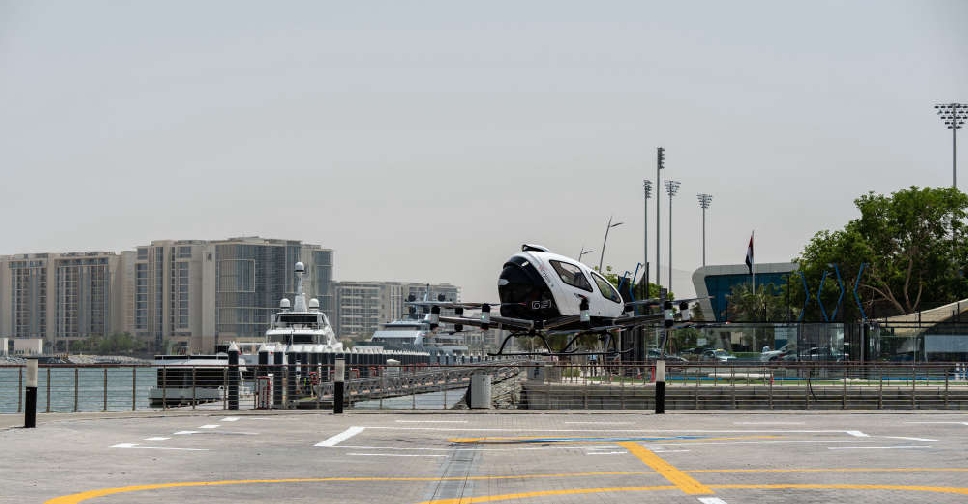 Photos: UAE’s first operational vertiport unveiled in Abu Dhabi
Photos: UAE’s first operational vertiport unveiled in Abu Dhabi


